Our Good Old Games Week is in full swing. With a plethora of timeless classics discounted up to -90% everyone can relive some of your fondest memories or make new ones with the very best that gaming has to offer – all while saving big.But we don’t only love playing those classic video games. In fact, to take care of them and give them their forever home was what made GOG a reality in the first place. And although some of you have been with us since day one and know that the Good Old Games are our roots, the routine of acquiring and fixing games by us may be still shrouded in mystery.
That's why we've decided to share with you an interview with some of the most experienced members of our team to shed some light on the whole process. Let’s see what they have to say!
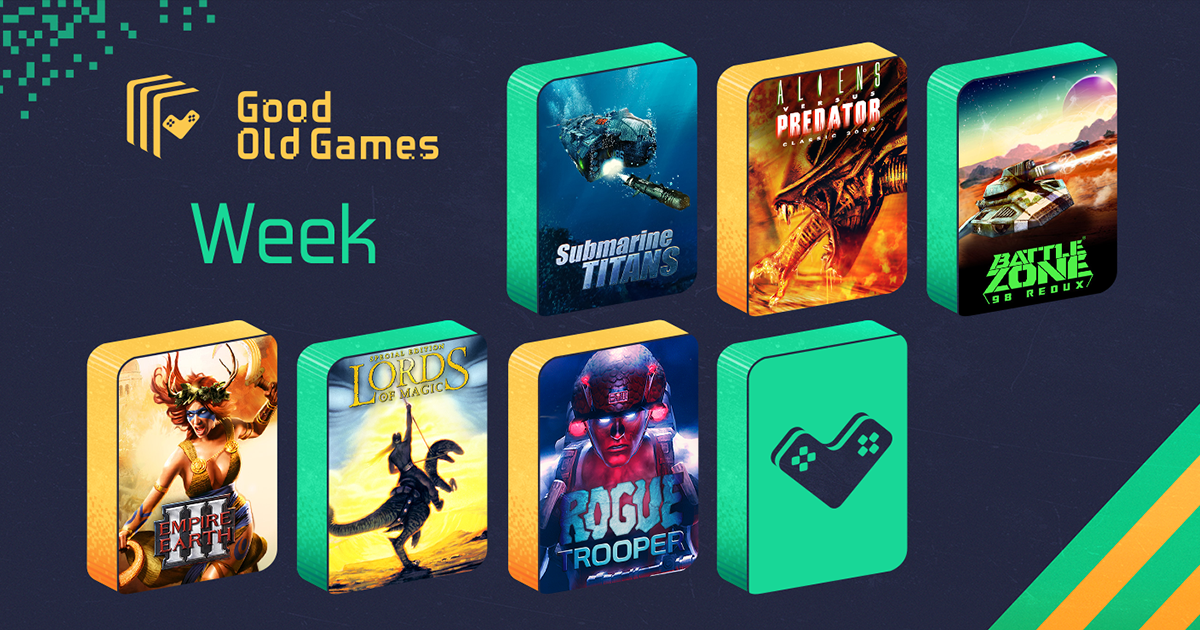 So, how do we select the classic titles that we would like to offer players? Are there situations when the owners of the classic games’ copyrights approach us sooner than we approach them?Marcin Paczyński, Senior Business Development Manager at GOG:We usually use our best judgment. Many of us at GOG are old-school gamers so we’ve played most of the classic games that we are now trying to get for our users (and for ourselves, of course :)). We also use our community Wishlist and various other means to scout for new content. The rights-holders rarely reach out to us first, but it does happen from time to time.
So, how do we select the classic titles that we would like to offer players? Are there situations when the owners of the classic games’ copyrights approach us sooner than we approach them?Marcin Paczyński, Senior Business Development Manager at GOG:We usually use our best judgment. Many of us at GOG are old-school gamers so we’ve played most of the classic games that we are now trying to get for our users (and for ourselves, of course :)). We also use our community Wishlist and various other means to scout for new content. The rights-holders rarely reach out to us first, but it does happen from time to time.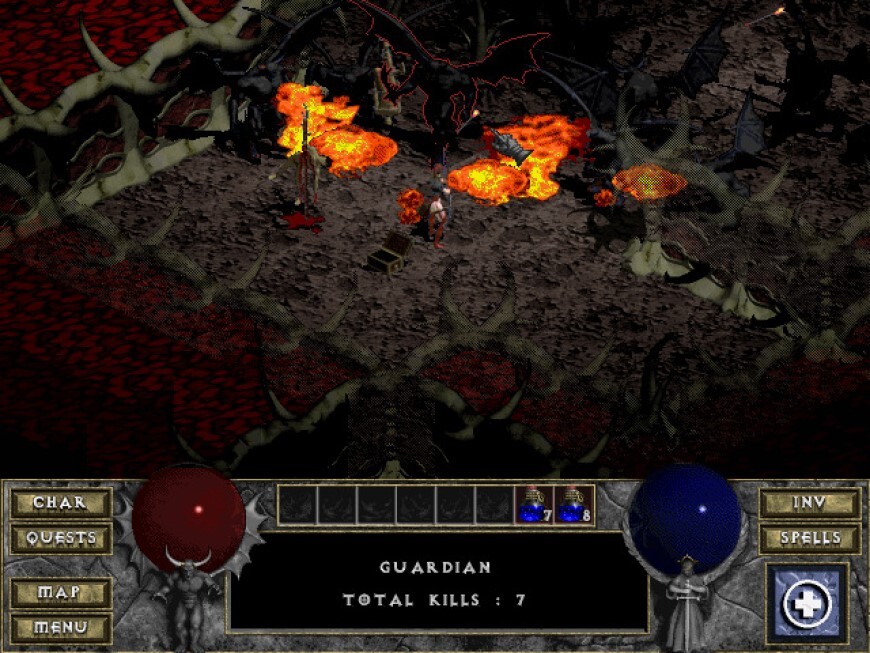 Sometimes the long-anticipated titles (for example missing parts of a classic series) arrive at GOG with considerable delay or do not appear in the store at all. What are the most common reasons for much-requested titles not being available?For newer games, it's always the publisher's decision on which platforms they will be releasing their titles. There are many reasons why some of them get delayed on GOG or are not released at all. One of the major ones is that GOG is a DRM-free platform meaning that all our games (besides online-only games which we discussed in GOG 2022 Update #5) are playable while offline. For some publishers, releasing their new game without copy protection software still seems to be somewhat risky.As for the classic releases, things sometimes get even more complicated. That’s because our partners need to make sure that they still have publishing rights, IP rights, code rights, music rights, etc, to the titles in question. Of course, we do our own research, and we try to help our partners in shortening this process as much as we can. Yet, in the end, it is them who need to find and evaluate sometimes decades-old contracts.Unfortunately, it often turns out that some of the rights have expired or were transferred to someone else. If such a thing happens, then the whole process can get exceptionally complicated and long-drawn, sometimes even practically impossible to finish successfully.In general, we use our Wishlist as a guide to prioritize the titles that are most demanded by gamers. For many classics, we manage to succeed and bring them back, and for the remaining ones – the fight continues!
Sometimes the long-anticipated titles (for example missing parts of a classic series) arrive at GOG with considerable delay or do not appear in the store at all. What are the most common reasons for much-requested titles not being available?For newer games, it's always the publisher's decision on which platforms they will be releasing their titles. There are many reasons why some of them get delayed on GOG or are not released at all. One of the major ones is that GOG is a DRM-free platform meaning that all our games (besides online-only games which we discussed in GOG 2022 Update #5) are playable while offline. For some publishers, releasing their new game without copy protection software still seems to be somewhat risky.As for the classic releases, things sometimes get even more complicated. That’s because our partners need to make sure that they still have publishing rights, IP rights, code rights, music rights, etc, to the titles in question. Of course, we do our own research, and we try to help our partners in shortening this process as much as we can. Yet, in the end, it is them who need to find and evaluate sometimes decades-old contracts.Unfortunately, it often turns out that some of the rights have expired or were transferred to someone else. If such a thing happens, then the whole process can get exceptionally complicated and long-drawn, sometimes even practically impossible to finish successfully.In general, we use our Wishlist as a guide to prioritize the titles that are most demanded by gamers. For many classics, we manage to succeed and bring them back, and for the remaining ones – the fight continues!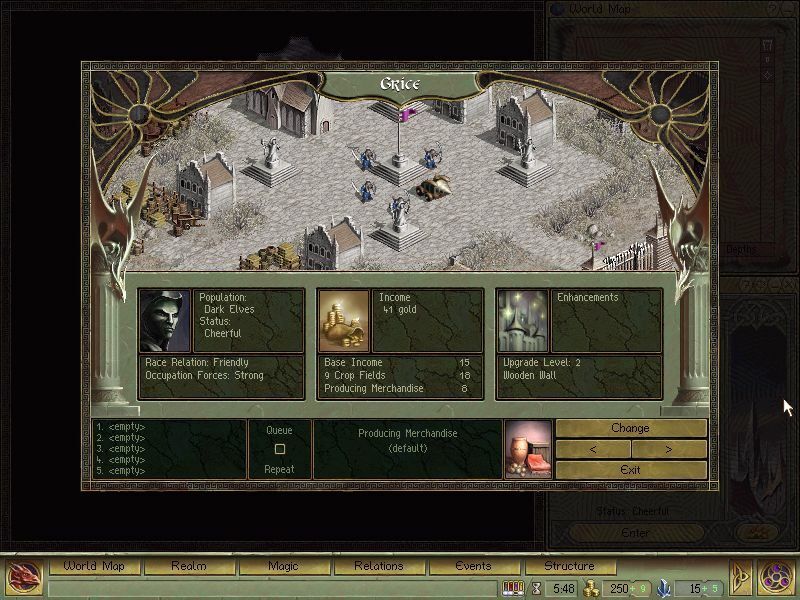 What does, in short, the fascinating process of preparing a classic game to run on new computers look like?Anna Grodowska, Technical Producer at GOG
What does, in short, the fascinating process of preparing a classic game to run on new computers look like?Anna Grodowska, Technical Producer at GOG:
Well, obviously the first move for us is to get “inside” the game and remove its Digital Rights Management feature (DRM in short). The next step would be a complex evaluation of how to make a specific title run on modern computers. It’s all about creating a list of potential problems we might have to delete/fix in order for the game to work as well as it would on older, obsolete machines.Sometimes it’s during this second step that we have to fix some problems and dig deeper to find new ones. For example, if the game does not run at all, we must first do our best to launch it so that we can examine how other features like 3D renderer, audio system, or LAN multiplayer may work. Part of this process is examining the technical possibilities of potentially expanding the functionalities of the title without, of course, making changes to its gameplay. For example, sometimes we make it so that the game can support wide-angle screens, high resolutions (1080, 4K, 8K), or new controller types.After the evaluation part, the time comes for fixing the problems themselves. Since in 99% of cases we don’t have the game’s source code itself, we usually resort to the good old technique of reverse engineering. We also use all sorts of debuggers, monitoring devices, and tens of other tools, including virtual machines and hardware that dates to the times when the particular game was released.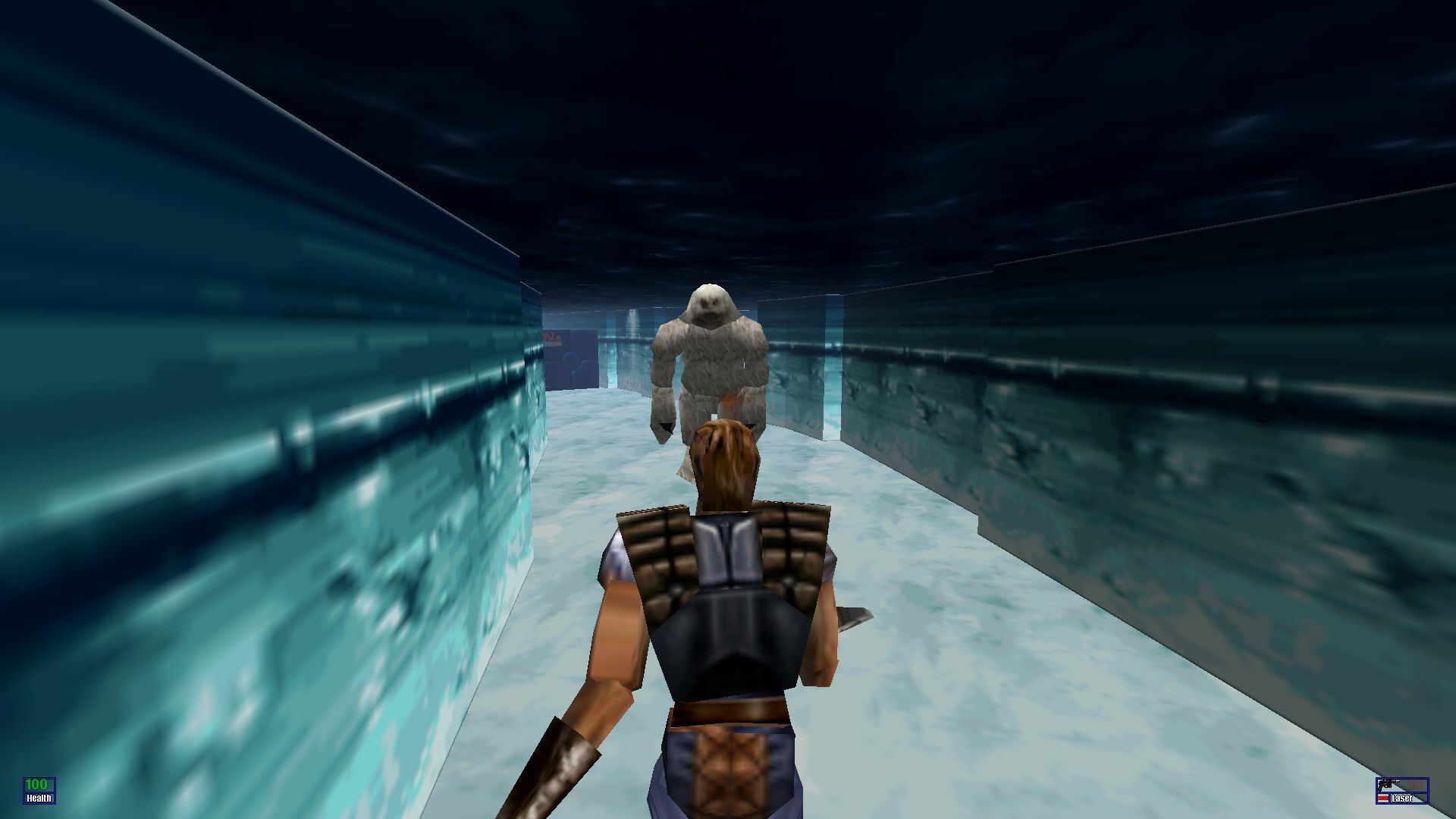 Which classic titles were the most challenging to revive and why?We have had quite a few of those, Star Wars: Shadows of the Empire and Indiana Jones and the Infernal Machine are the first that come to my mind. Two issues contributed to this fact. First of all, we encountered many small technical obstacles while working on these titles. Apart from that, the wrappers used to emulate old-school interfaces we had back when working on mentioned games have proved to be quite obsolete.To make these titles work, we had to put in a tremendous amount of work. Yet, mark my words, the satisfaction that came along with it was very rewarding. The experience we’ve earned on bringing these two games to modern computers and the tools we utilized then also became very beneficial for hundreds of our future projects.Today, of course, our situation looks very different. We already possess many useful tools for our work that we’re still updating and improving them. Thinking ahead, we already test tools that we’ll need in a few years and will be useful to us for the next decade or so.
Which classic titles were the most challenging to revive and why?We have had quite a few of those, Star Wars: Shadows of the Empire and Indiana Jones and the Infernal Machine are the first that come to my mind. Two issues contributed to this fact. First of all, we encountered many small technical obstacles while working on these titles. Apart from that, the wrappers used to emulate old-school interfaces we had back when working on mentioned games have proved to be quite obsolete.To make these titles work, we had to put in a tremendous amount of work. Yet, mark my words, the satisfaction that came along with it was very rewarding. The experience we’ve earned on bringing these two games to modern computers and the tools we utilized then also became very beneficial for hundreds of our future projects.Today, of course, our situation looks very different. We already possess many useful tools for our work that we’re still updating and improving them. Thinking ahead, we already test tools that we’ll need in a few years and will be useful to us for the next decade or so.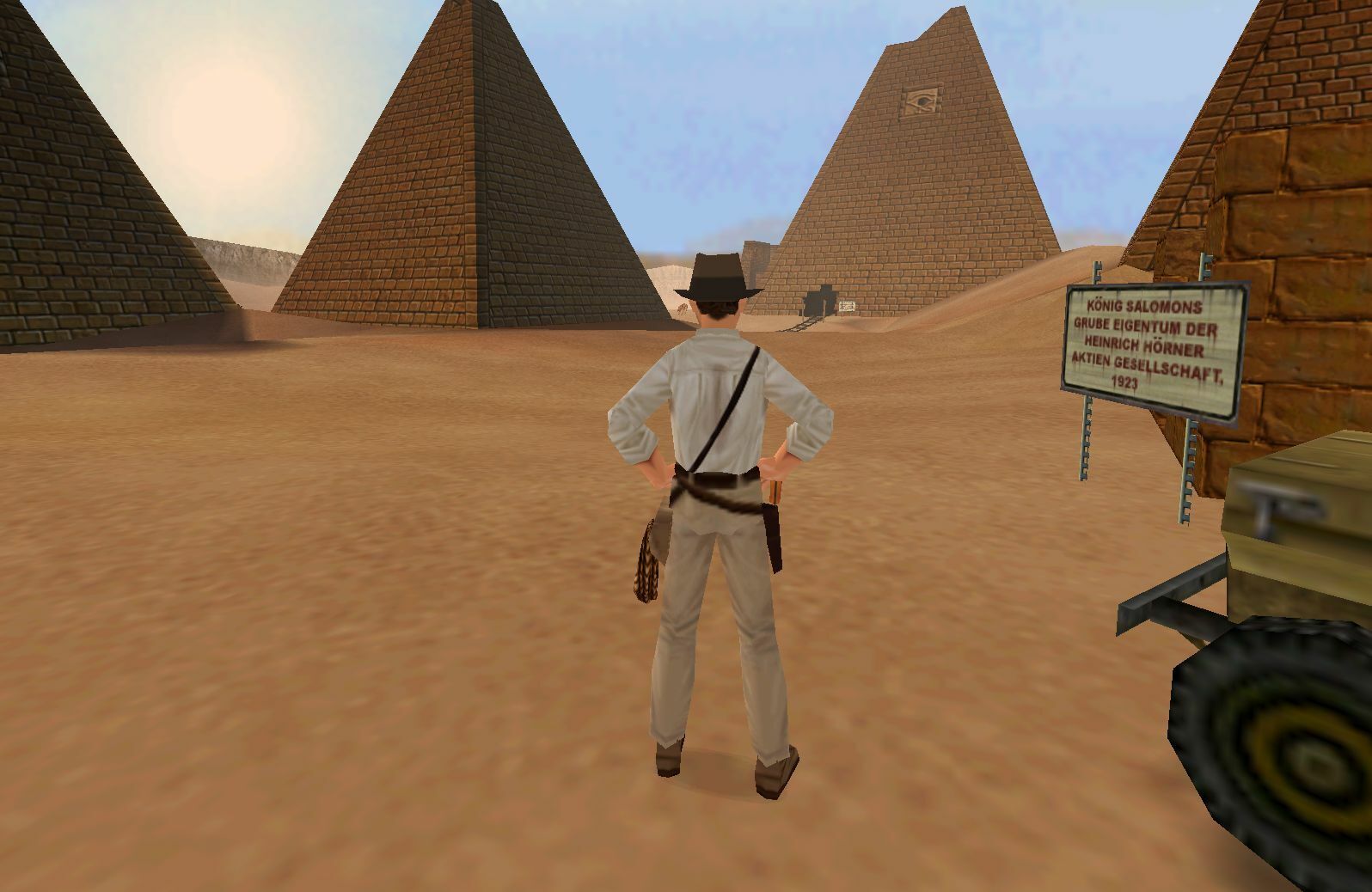 Apart from the obsolete interface problem I mentioned, the games’ concurrency also poses a challenge from time to time. For example, Hidden & Dangerous wasn’t a very problematic game overall, yet it had one irritating issue. Once every several dozen minutes while playing the game you could hear a very loud noise from the speakers accompanied by an irritating white noise that could very well give the gamer a heart attack.Since this problematic sound could not be played ad-hoc, we had to simply run the game and wait until the problem arises. At the same time, we were watching our tools working in the background and listening to the monotonous barking of a dog (the Velke Gradiste level of the game) sometimes for 10 minutes and sometimes for as much as 3 hours. Needless to say, although we managed to fix the problem eventually, some of us hear the barking of that virtual dog even to this day!The underlying issue has proved to be a small oversight on the part of the game’s creators and the lack of synchronization between threads that fought over the same sound buffer.
Apart from the obsolete interface problem I mentioned, the games’ concurrency also poses a challenge from time to time. For example, Hidden & Dangerous wasn’t a very problematic game overall, yet it had one irritating issue. Once every several dozen minutes while playing the game you could hear a very loud noise from the speakers accompanied by an irritating white noise that could very well give the gamer a heart attack.Since this problematic sound could not be played ad-hoc, we had to simply run the game and wait until the problem arises. At the same time, we were watching our tools working in the background and listening to the monotonous barking of a dog (the Velke Gradiste level of the game) sometimes for 10 minutes and sometimes for as much as 3 hours. Needless to say, although we managed to fix the problem eventually, some of us hear the barking of that virtual dog even to this day!The underlying issue has proved to be a small oversight on the part of the game’s creators and the lack of synchronization between threads that fought over the same sound buffer.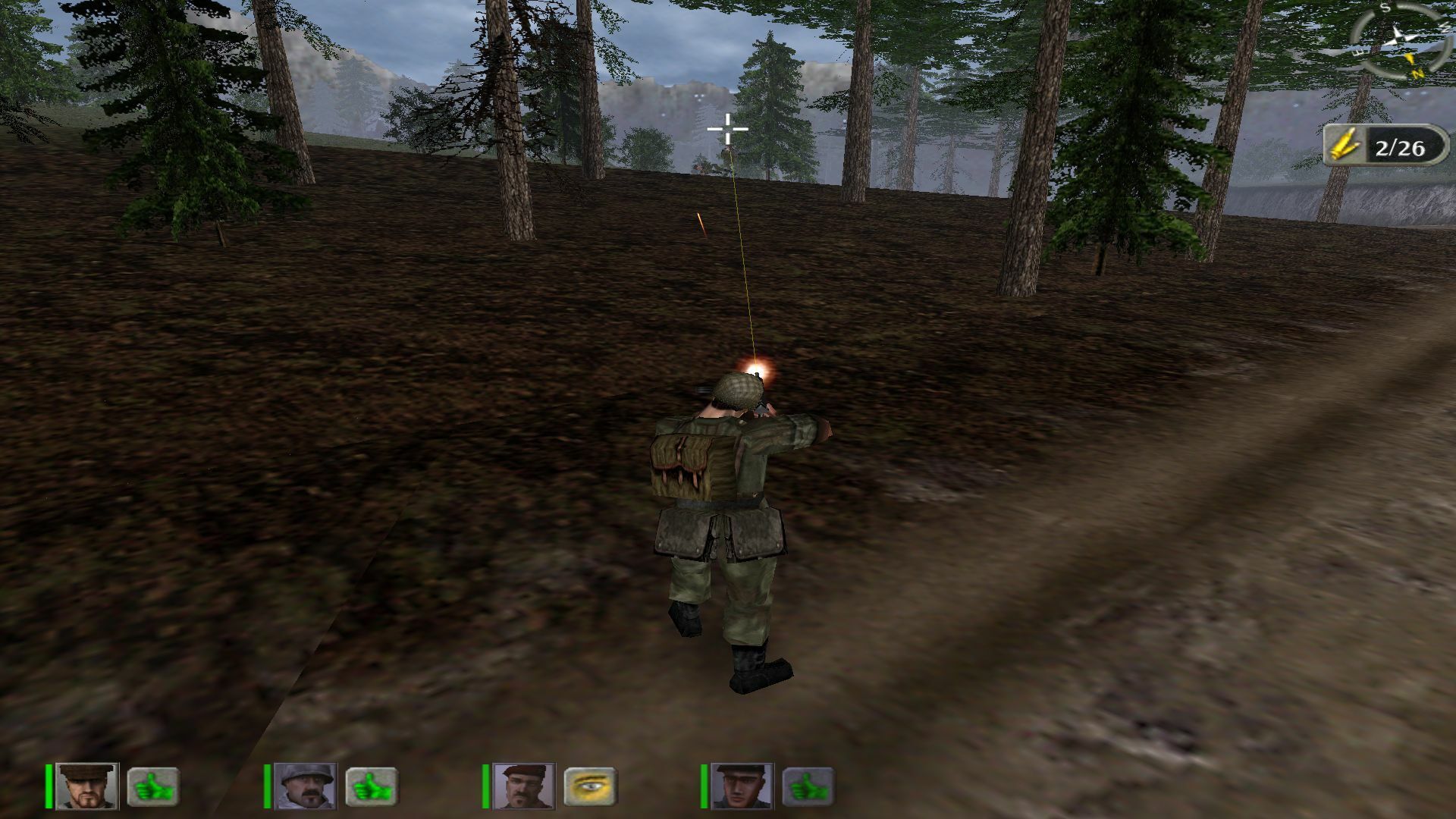 As you can see, making games last forever is a process that requires both patience and skill. For almost one and a half decades, we put a lot of effort into bringing classic games back into your hands. On the occasion of Good Old Games Week we would like to invite you to check them out, because there’s never been a better time to expand your library with the very best that gaming has to offer!
As you can see, making games last forever is a process that requires both patience and skill. For almost one and a half decades, we put a lot of effort into bringing classic games back into your hands. On the occasion of Good Old Games Week we would like to invite you to check them out, because there’s never been a better time to expand your library with the very best that gaming has to offer!  So, how do we select the classic titles that we would like to offer players? Are there situations when the owners of the classic games’ copyrights approach us sooner than we approach them?Marcin Paczyński, Senior Business Development Manager at GOG:We usually use our best judgment. Many of us at GOG are old-school gamers so we’ve played most of the classic games that we are now trying to get for our users (and for ourselves, of course :)). We also use our community Wishlist and various other means to scout for new content. The rights-holders rarely reach out to us first, but it does happen from time to time.
So, how do we select the classic titles that we would like to offer players? Are there situations when the owners of the classic games’ copyrights approach us sooner than we approach them?Marcin Paczyński, Senior Business Development Manager at GOG:We usually use our best judgment. Many of us at GOG are old-school gamers so we’ve played most of the classic games that we are now trying to get for our users (and for ourselves, of course :)). We also use our community Wishlist and various other means to scout for new content. The rights-holders rarely reach out to us first, but it does happen from time to time. Sometimes the long-anticipated titles (for example missing parts of a classic series) arrive at GOG with considerable delay or do not appear in the store at all. What are the most common reasons for much-requested titles not being available?For newer games, it's always the publisher's decision on which platforms they will be releasing their titles. There are many reasons why some of them get delayed on GOG or are not released at all. One of the major ones is that GOG is a DRM-free platform meaning that all our games (besides online-only games which we discussed in GOG 2022 Update #5) are playable while offline. For some publishers, releasing their new game without copy protection software still seems to be somewhat risky.As for the classic releases, things sometimes get even more complicated. That’s because our partners need to make sure that they still have publishing rights, IP rights, code rights, music rights, etc, to the titles in question. Of course, we do our own research, and we try to help our partners in shortening this process as much as we can. Yet, in the end, it is them who need to find and evaluate sometimes decades-old contracts.Unfortunately, it often turns out that some of the rights have expired or were transferred to someone else. If such a thing happens, then the whole process can get exceptionally complicated and long-drawn, sometimes even practically impossible to finish successfully.In general, we use our Wishlist as a guide to prioritize the titles that are most demanded by gamers. For many classics, we manage to succeed and bring them back, and for the remaining ones – the fight continues!
Sometimes the long-anticipated titles (for example missing parts of a classic series) arrive at GOG with considerable delay or do not appear in the store at all. What are the most common reasons for much-requested titles not being available?For newer games, it's always the publisher's decision on which platforms they will be releasing their titles. There are many reasons why some of them get delayed on GOG or are not released at all. One of the major ones is that GOG is a DRM-free platform meaning that all our games (besides online-only games which we discussed in GOG 2022 Update #5) are playable while offline. For some publishers, releasing their new game without copy protection software still seems to be somewhat risky.As for the classic releases, things sometimes get even more complicated. That’s because our partners need to make sure that they still have publishing rights, IP rights, code rights, music rights, etc, to the titles in question. Of course, we do our own research, and we try to help our partners in shortening this process as much as we can. Yet, in the end, it is them who need to find and evaluate sometimes decades-old contracts.Unfortunately, it often turns out that some of the rights have expired or were transferred to someone else. If such a thing happens, then the whole process can get exceptionally complicated and long-drawn, sometimes even practically impossible to finish successfully.In general, we use our Wishlist as a guide to prioritize the titles that are most demanded by gamers. For many classics, we manage to succeed and bring them back, and for the remaining ones – the fight continues! What does, in short, the fascinating process of preparing a classic game to run on new computers look like?Anna Grodowska, Technical Producer at GOG: Well, obviously the first move for us is to get “inside” the game and remove its Digital Rights Management feature (DRM in short). The next step would be a complex evaluation of how to make a specific title run on modern computers. It’s all about creating a list of potential problems we might have to delete/fix in order for the game to work as well as it would on older, obsolete machines.Sometimes it’s during this second step that we have to fix some problems and dig deeper to find new ones. For example, if the game does not run at all, we must first do our best to launch it so that we can examine how other features like 3D renderer, audio system, or LAN multiplayer may work. Part of this process is examining the technical possibilities of potentially expanding the functionalities of the title without, of course, making changes to its gameplay. For example, sometimes we make it so that the game can support wide-angle screens, high resolutions (1080, 4K, 8K), or new controller types.After the evaluation part, the time comes for fixing the problems themselves. Since in 99% of cases we don’t have the game’s source code itself, we usually resort to the good old technique of reverse engineering. We also use all sorts of debuggers, monitoring devices, and tens of other tools, including virtual machines and hardware that dates to the times when the particular game was released.
What does, in short, the fascinating process of preparing a classic game to run on new computers look like?Anna Grodowska, Technical Producer at GOG: Well, obviously the first move for us is to get “inside” the game and remove its Digital Rights Management feature (DRM in short). The next step would be a complex evaluation of how to make a specific title run on modern computers. It’s all about creating a list of potential problems we might have to delete/fix in order for the game to work as well as it would on older, obsolete machines.Sometimes it’s during this second step that we have to fix some problems and dig deeper to find new ones. For example, if the game does not run at all, we must first do our best to launch it so that we can examine how other features like 3D renderer, audio system, or LAN multiplayer may work. Part of this process is examining the technical possibilities of potentially expanding the functionalities of the title without, of course, making changes to its gameplay. For example, sometimes we make it so that the game can support wide-angle screens, high resolutions (1080, 4K, 8K), or new controller types.After the evaluation part, the time comes for fixing the problems themselves. Since in 99% of cases we don’t have the game’s source code itself, we usually resort to the good old technique of reverse engineering. We also use all sorts of debuggers, monitoring devices, and tens of other tools, including virtual machines and hardware that dates to the times when the particular game was released. Which classic titles were the most challenging to revive and why?We have had quite a few of those, Star Wars: Shadows of the Empire and Indiana Jones and the Infernal Machine are the first that come to my mind. Two issues contributed to this fact. First of all, we encountered many small technical obstacles while working on these titles. Apart from that, the wrappers used to emulate old-school interfaces we had back when working on mentioned games have proved to be quite obsolete.To make these titles work, we had to put in a tremendous amount of work. Yet, mark my words, the satisfaction that came along with it was very rewarding. The experience we’ve earned on bringing these two games to modern computers and the tools we utilized then also became very beneficial for hundreds of our future projects.Today, of course, our situation looks very different. We already possess many useful tools for our work that we’re still updating and improving them. Thinking ahead, we already test tools that we’ll need in a few years and will be useful to us for the next decade or so.
Which classic titles were the most challenging to revive and why?We have had quite a few of those, Star Wars: Shadows of the Empire and Indiana Jones and the Infernal Machine are the first that come to my mind. Two issues contributed to this fact. First of all, we encountered many small technical obstacles while working on these titles. Apart from that, the wrappers used to emulate old-school interfaces we had back when working on mentioned games have proved to be quite obsolete.To make these titles work, we had to put in a tremendous amount of work. Yet, mark my words, the satisfaction that came along with it was very rewarding. The experience we’ve earned on bringing these two games to modern computers and the tools we utilized then also became very beneficial for hundreds of our future projects.Today, of course, our situation looks very different. We already possess many useful tools for our work that we’re still updating and improving them. Thinking ahead, we already test tools that we’ll need in a few years and will be useful to us for the next decade or so. Apart from the obsolete interface problem I mentioned, the games’ concurrency also poses a challenge from time to time. For example, Hidden & Dangerous wasn’t a very problematic game overall, yet it had one irritating issue. Once every several dozen minutes while playing the game you could hear a very loud noise from the speakers accompanied by an irritating white noise that could very well give the gamer a heart attack.Since this problematic sound could not be played ad-hoc, we had to simply run the game and wait until the problem arises. At the same time, we were watching our tools working in the background and listening to the monotonous barking of a dog (the Velke Gradiste level of the game) sometimes for 10 minutes and sometimes for as much as 3 hours. Needless to say, although we managed to fix the problem eventually, some of us hear the barking of that virtual dog even to this day!The underlying issue has proved to be a small oversight on the part of the game’s creators and the lack of synchronization between threads that fought over the same sound buffer.
Apart from the obsolete interface problem I mentioned, the games’ concurrency also poses a challenge from time to time. For example, Hidden & Dangerous wasn’t a very problematic game overall, yet it had one irritating issue. Once every several dozen minutes while playing the game you could hear a very loud noise from the speakers accompanied by an irritating white noise that could very well give the gamer a heart attack.Since this problematic sound could not be played ad-hoc, we had to simply run the game and wait until the problem arises. At the same time, we were watching our tools working in the background and listening to the monotonous barking of a dog (the Velke Gradiste level of the game) sometimes for 10 minutes and sometimes for as much as 3 hours. Needless to say, although we managed to fix the problem eventually, some of us hear the barking of that virtual dog even to this day!The underlying issue has proved to be a small oversight on the part of the game’s creators and the lack of synchronization between threads that fought over the same sound buffer. As you can see, making games last forever is a process that requires both patience and skill. For almost one and a half decades, we put a lot of effort into bringing classic games back into your hands. On the occasion of Good Old Games Week we would like to invite you to check them out, because there’s never been a better time to expand your library with the very best that gaming has to offer!
As you can see, making games last forever is a process that requires both patience and skill. For almost one and a half decades, we put a lot of effort into bringing classic games back into your hands. On the occasion of Good Old Games Week we would like to invite you to check them out, because there’s never been a better time to expand your library with the very best that gaming has to offer!